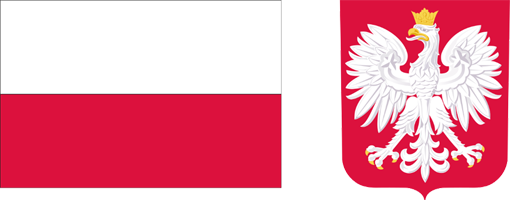Current issue
Archive
About the Journal
Aims and Scope
Editorial Board/Editorial Team
List of reviewers
Publishing process
Publishing Ethics and Malpractice Statement
Personal data protection (GDPR)
Creative Commons License
CrossRef Member / Similarity Check
For Authors
Call for papers
Guidelines for authors
Submitting a manuscript through the editorial system – step by step
For Reviewers
Peer review process
Guidelines for reviewers
Submitting a review – step by step
Contact
RESEARCH PAPER
PROCESSED ANIMAL PROTEIN AS ONE OF THE ELEMENTS OF THE POLICY FOR REDUCING GMOS IN THE FEEDING OF LIVESTOCK
1
Institute of Agricultural and Food Economics – National Research Institute, Warsaw, Poland
Submission date: 2021-07-13
Final review date: 2021-09-06
Acceptance date: 2021-10-01
Publication date: 2021-12-23
Zagadnienia Ekonomiki Rolnej / Problems of Agricultural Economics 2021;369(4):116-134
KEYWORDS
TOPICS
ABSTRACT
The aim of this article is to present various conditions and aspects of the use of processed animal protein (PAP) in the feeding of livestock in the perspective of lifting the 20-year ban on its use in feed and determining its role in the policy of reducing GMOs.
The study analyzes the current legal status, as well as new conditions and requirements at each production stage, with the management of processed animal protein based on the relevant Polish and EU legal acts. It also determines the scale of production and directions of the current PAP management, as well as the price conditions of its potential use in feed production. In the analysis, in addition to the literature on the subject, the authors used mainly source data from the Chief Veterinary Inspectorate, Statistics Poland, and the Ministry of Finance.
The analysis of organizational and production conditions led to the conclusion that the main problem may be to maintain the so-called species purity in the production of PAP and feed with its use, followed by cross-feeding (PAP from poultry in pig feed and PAP from pigs in poultry feed), and severe consequences in the event of detecting irregularities. Moreover, a limiting factor may be the high price in relation to other protein feeds and consumer expectations that the animal products offered for sale were produced without the use of animal feed. The role and importance of processed animal protein approved for feeding in the balance of high-protein feed raw materials is likely to be small, but every possibility of using domestic protein sources should be encouraged and exploited to reduce the use of imported GM feed and improve protein self-sufficiency. However, a larger scale of domestic use of this very valuable source
of protein may require administrative action by introducing indicative targets
for the substitution of imported GM feed with domestic protein sources.
We process personal data collected when visiting the website. The function of obtaining information about users and their behavior is carried out by voluntarily entered information in forms and saving cookies in end devices. Data, including cookies, are used to provide services, improve the user experience and to analyze the traffic in accordance with the Privacy policy. Data are also collected and processed by Google Analytics tool (more).
You can change cookies settings in your browser. Restricted use of cookies in the browser configuration may affect some functionalities of the website.
You can change cookies settings in your browser. Restricted use of cookies in the browser configuration may affect some functionalities of the website.



